Does Autism Result in Hyperactivity?
Explore whether autism causes hyperactivity and uncover the truth about their complex relationship.
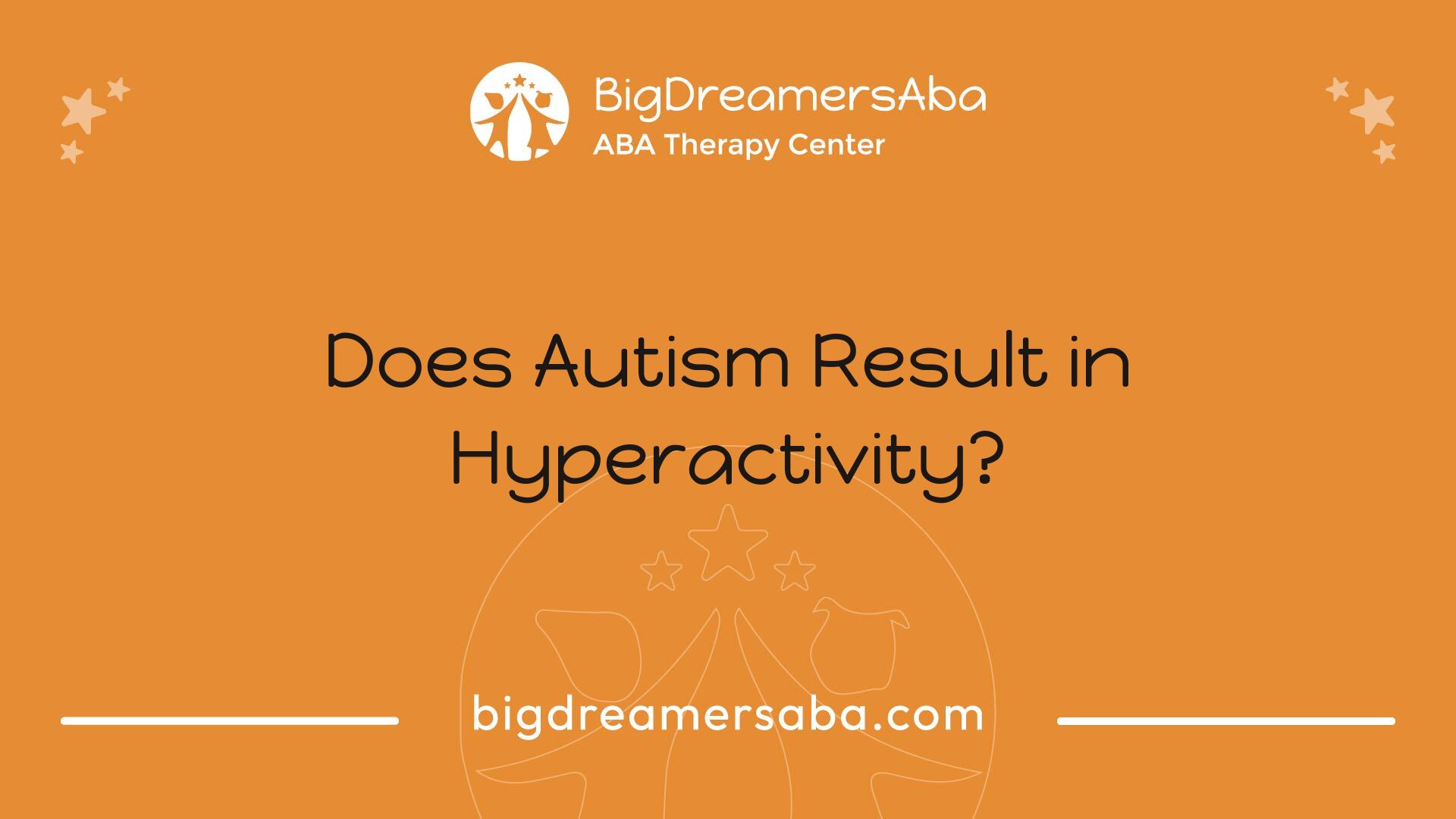
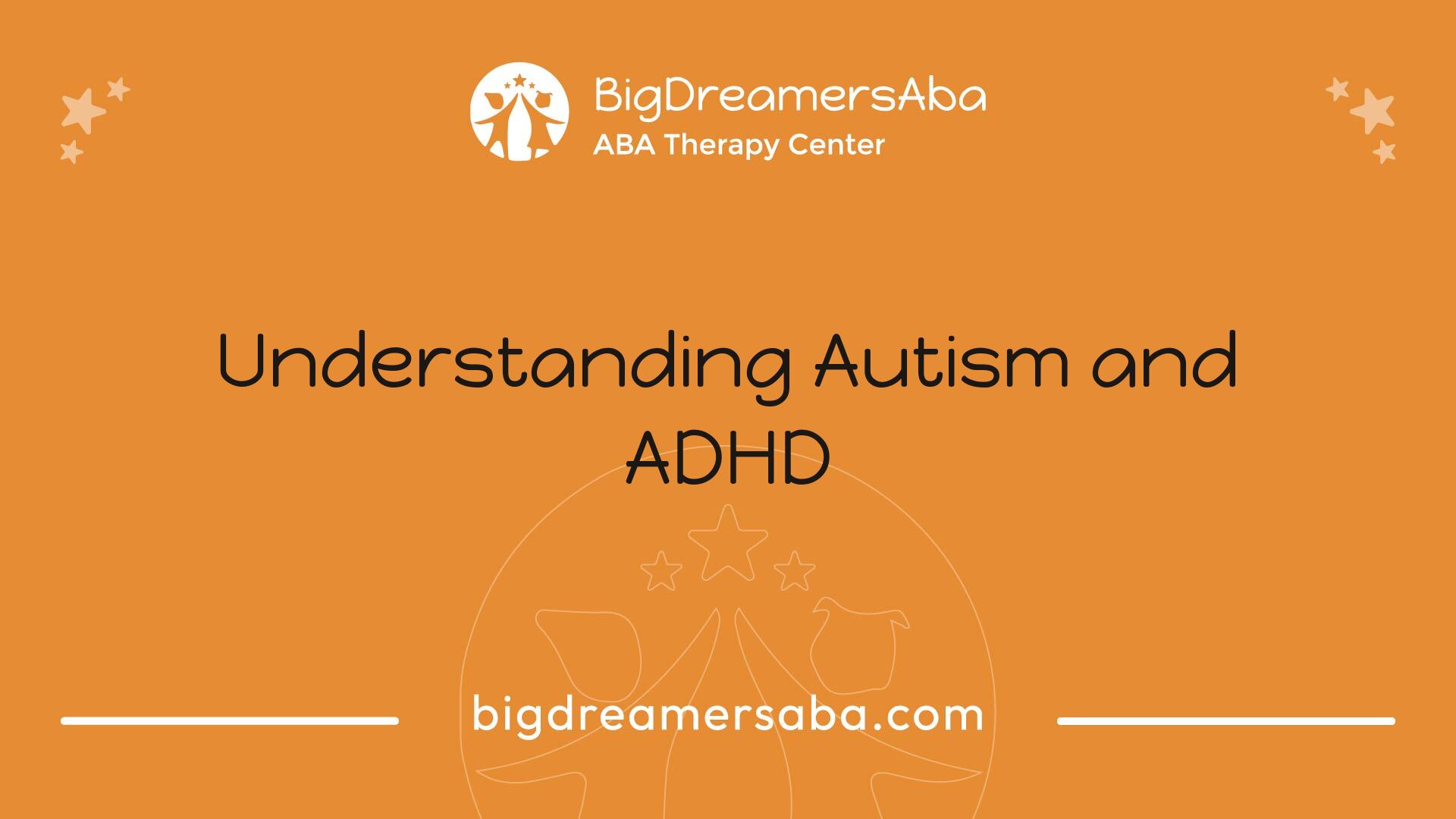
Understanding Autism and ADHD
Overlapping Symptoms
More than half of all individuals diagnosed with Autism Spectrum Disorder (ASD) also exhibit signs of Attention Deficit Hyperactivity Disorder (ADHD). Conversely, up to a quarter of children diagnosed with ADHD display low-level signs of ASD, such as difficulties with social skills or hypersensitivity to clothing textures [1]. Symptoms of ASD, such as hyperactivity, impulsiveness, and inattention, may respond to medications designed for ADHD treatment, although the effects may not be as pronounced as in cases of ADHD alone. Medications aimed at treating ASD generally focus on issues like irritability, aggression, and self-injury, often utilizing antipsychotic medications.
Prevalence Rates
Research indicates that the co-occurrence of ADHD and ASD is significant. A 2014 review found that between 30% to 50% of individuals with ASD also experience symptoms of ADHD, with genetics potentially playing a role in this correlation [2]. The differences in behavior and abilities between children with ASD and their neurotypical peers often reveal that those with autism exhibit more symptoms associated with ADHD. These challenges frequently lead to impaired executive function, negatively affecting the learning behaviors in individuals with ASD [3].
Furthermore, children diagnosed with both ASD and ADHD often present more pronounced symptoms of ASD compared to those diagnosed with autism alone. This severity can be attributed more to the characteristics of autism itself rather than the ADHD diagnosis.
ConditionCo-occurrence Rate (%)Individuals with ASD showing ADHD symptoms30 - 50Children with ADHD showing low-level ASD signsUp to 25
This data highlights the intricate relationship between autism and ADHD, raising questions about how autism might influence hyperactivity and other related symptoms.
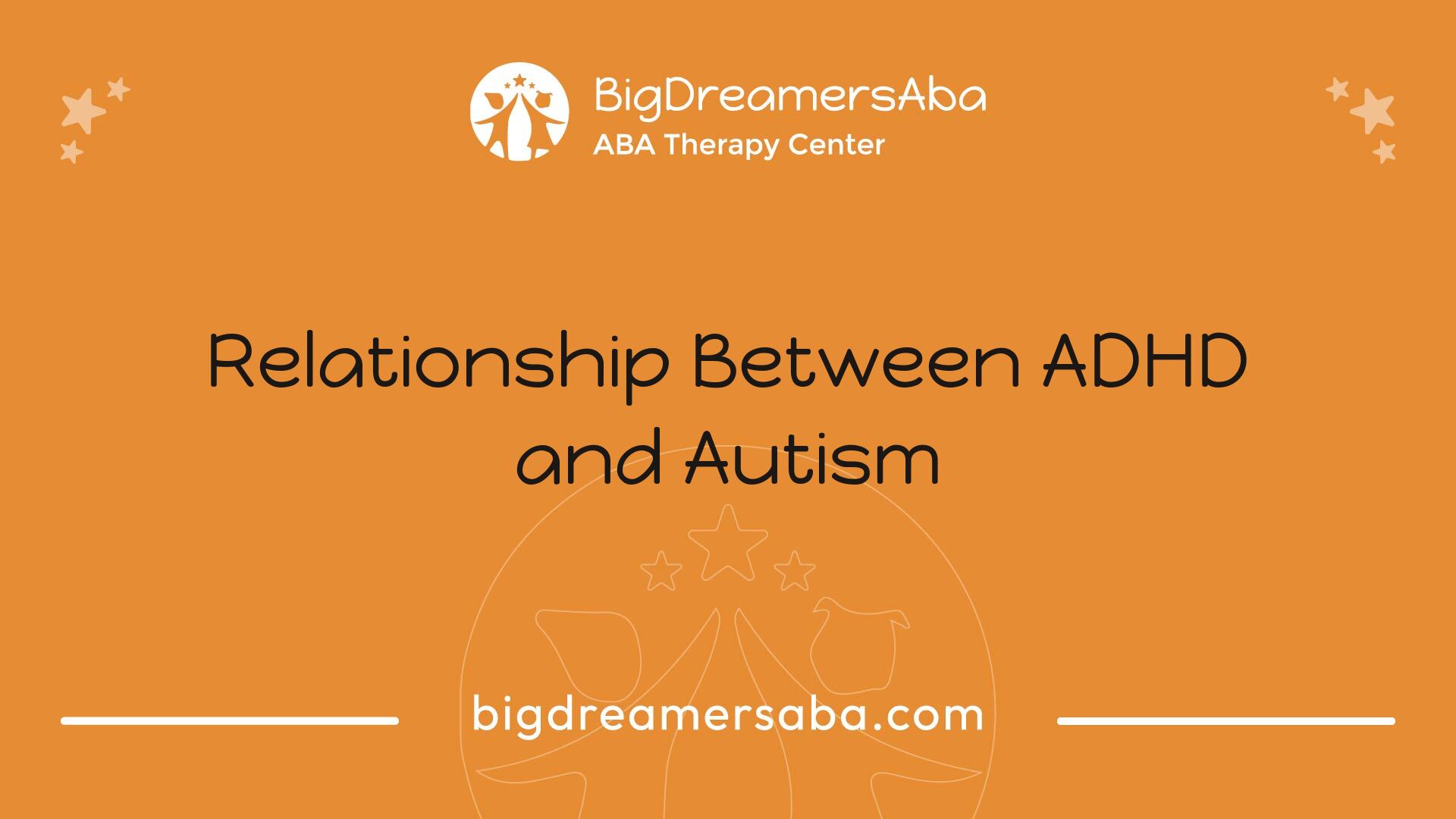
Relationship Between ADHD and Autism
Comorbidity Rates
The overlapping characteristics of Autism Spectrum Disorder (ASD) and Attention-Deficit/Hyperactivity Disorder (ADHD) lead to significant comorbidity rates between these two conditions. Studies indicate that individuals diagnosed with autism frequently also meet the criteria for ADHD. Research suggests that around 30% to 80% of children with autism may also have symptoms of ADHD CHADD. The variation in prevalence is thought to be influenced by diagnostic criteria and population studied.
DiagnosisComorbidity Rate with ADHDAutism Spectrum Disorder30% - 80%
Understanding these rates is crucial for accurate diagnosis and treatment planning. Not every child with autism will exhibit hyperactivity, but many may show signs of inattentiveness and impulsivity, prompting the need for thorough assessments.
Impact on Symptoms Severity
The presence of both autism and ADHD can influence the severity of symptoms experienced by individuals. Children with both conditions may face intensified challenges in social interactions, impulse control, and attention. This overlap can complicate diagnosis and treatment, as the symptoms may manifest differently than in individuals with only one disorder.
Research shows that children diagnosed with both conditions often exhibit increased behavioral difficulties compared to those with only one diagnosis. For example, studies indicate that the severity of hyperactivity can be heightened in children who demonstrate traits of both ADHD and autism National Center for Biotechnology Information.
ConditionImpact on Symptoms SeverityAutism OnlyModerate challenges in social settingsADHD OnlyHigh impulsivity and inattentionAutism with ADHDHeightened behavioral difficulties, increased hyperactivity
This intersectionality highlights the importance of tailored treatment strategies. Behavioral therapies and interventions may need to be adjusted to accommodate the nuances presented by both conditions, ensuring individuals receive comprehensive care.
For further insights into the distinction and interaction between these conditions, visitors can refer to our articles on what does ADHD and autism look like together and signs your toddler is not autistic.
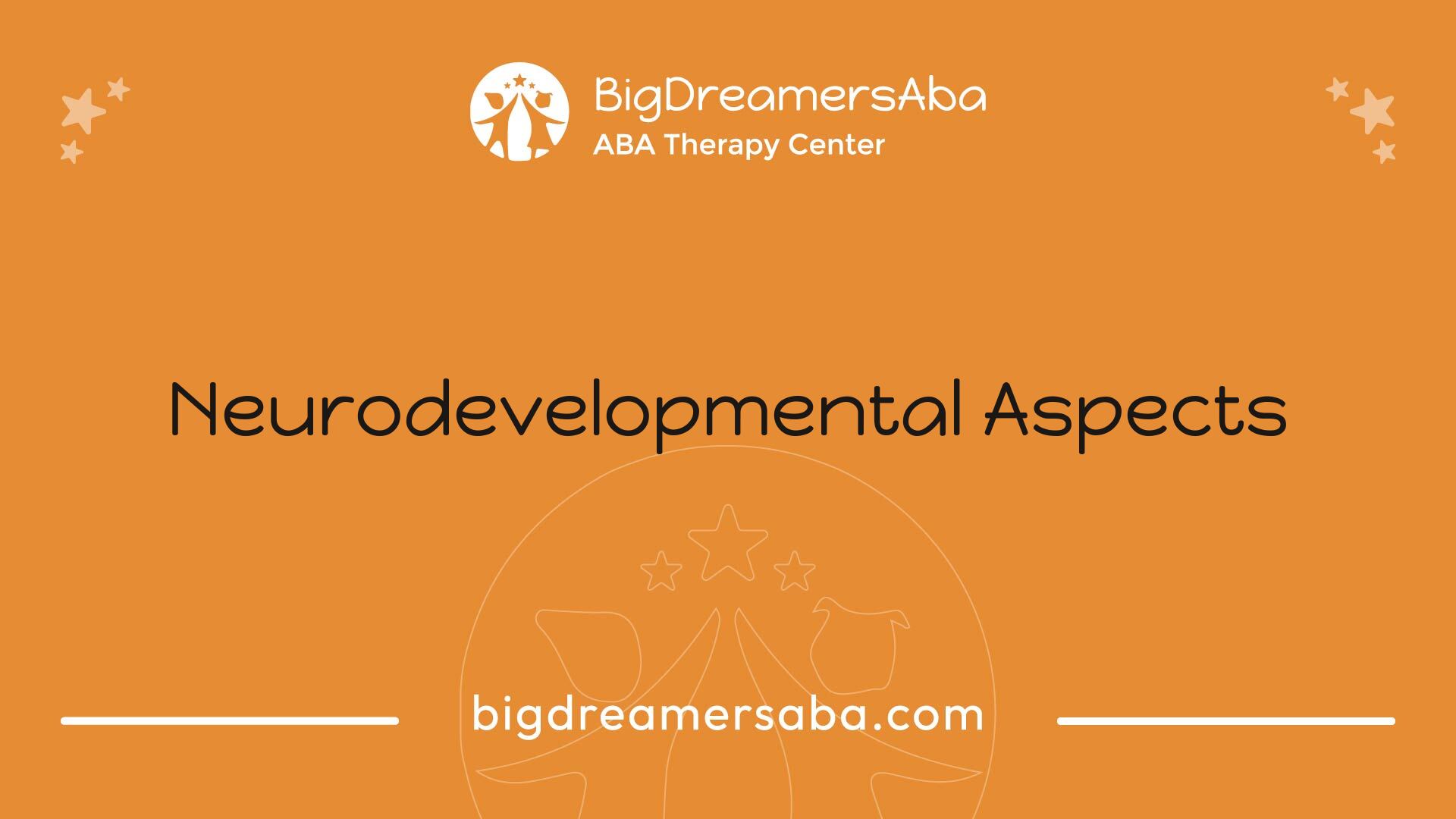
Neurodevelopmental Aspects
Understanding the neurodevelopmental aspects of both autism spectrum disorder (ASD) and attention-deficit hyperactivity disorder (ADHD) can provide insights into how these conditions affect individuals. This section explores the effects of brain development and gender disparities in relation to both disorders.
Brain Development Effects
Both ADHD and ASD are classified as neurodevelopmental disorders, impacting the central nervous system's functionality. Key areas influenced include executive functioning, decision-making, time management, impulse control, and social skills CHADD. Children diagnosed with ASD often experience significantly more ADHD symptoms and exhibit impaired learning behaviors compared to their typically developing peers PubMed Central.
The following table outlines some cognitive areas affected by both conditions:
Cognitive AreaImpact of ASDImpact of ADHDExecutive FunctioningImpaired decision-makingDifficulty with impulse controlTime ManagementChallenges with routine adherenceOften struggles with time managementSocial SkillsLimited social interactionDifficulty in social engagement
ADHD is frequently identified as the most common coexisting condition found in children with ASD, although the reasons for this coexistence remain unclear CHADD.
Gender Disparities
Research indicates that both ADHD and ASD are more commonly diagnosed in boys than girls. Approximately 9.4% of U.S. children aged 2 to 17 have been diagnosed with ADHD, with boys being much more likely to receive this diagnosis compared to girls Healthline.
This gender disparity can skew perceptions regarding the prevalence and manifestation of these disorders. Boys are more likely to exhibit hyperactivity and impulsivity, which are hallmark signs of ADHD, while girls may present more subtle symptoms, potentially leading to underdiagnosis. Furthermore, the social challenges associated with ASD may differ between genders, with boys often exhibiting more overt behaviors than girls, who may be better at masking their symptoms.
Understanding these disparities is crucial, as it informs both research and interventions tailored to individuals with these neurodevelopmental challenges. Consider exploring more about gender differences in developmental disorders.
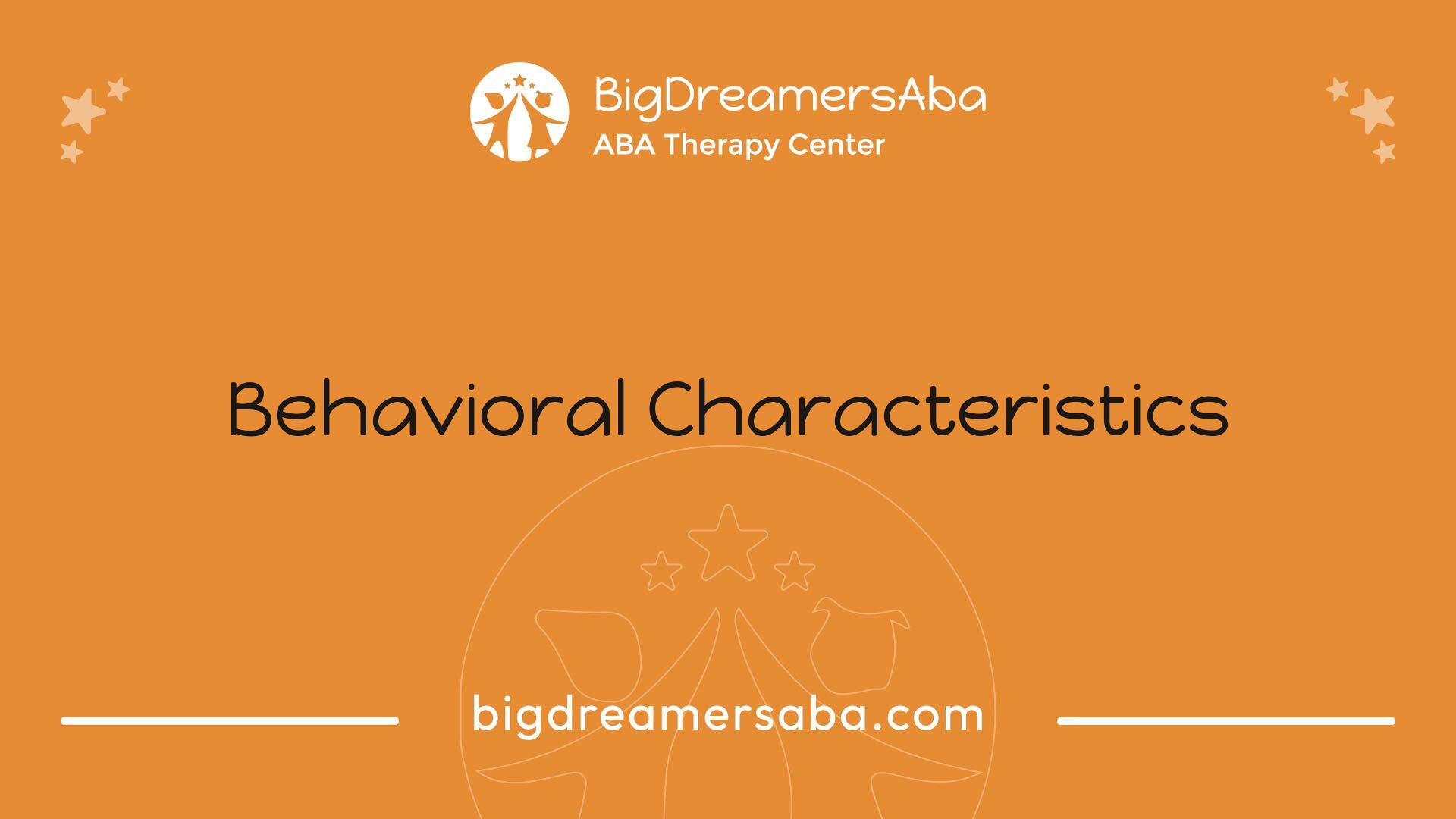
Behavioral Characteristics
Understanding the behavioral characteristics of individuals with autism spectrum disorder (ASD) is crucial in discerning the potential link to hyperactivity. This section explores attention profiles and repetitive behaviors in individuals with autism.
Attention Profiles
Individuals with ASD often exhibit distinctive attention profiles that differ from typical attention patterns. Research indicates that 50 to 70% of those diagnosed with autism also present with comorbid attention deficit hyperactivity disorder (ADHD). Contrary to common misconceptions, individuals with ASD may demonstrate stronger sustained and focused attention on specific tasks or interests.
However, deficiencies in components of attention can be observed, particularly in areas like visual search and the ability to orient attention toward non-social stimuli. Joint attention, the ability to share focus on an object with someone else, is typically lacking among those with ASD [3]. This unique attention profile may contribute to the perception of hyperactivity, as the individual may engage intensely with certain stimuli while exhibiting difficulties in shifting that focus.
Attention ComponentTypical IndividualsIndividuals with ASDSustained AttentionGenerally effectiveStrong in select areasVisual SearchEffectiveDeficientJoint AttentionEffectiveLackingOrienting AttentionEffectiveDeficient
Repetitive Behaviors
Repetitive behaviors are a hallmark of ASD and may manifest in various forms, such as repetitive movements, insistence on sameness, and restricted interests. These behaviors can serve multiple functions. They may provide comfort to the individual, serve as a coping mechanism, or function as a means of self-regulation.
Research has shown that children with ASD, particularly those diagnosed with dual ASD-ADHD, often display more severe autism symptoms. This increase in symptom severity may stem from the characteristics of autism itself rather than the presence of ADHD. The interaction of these behavioral characteristics contributes to the overall presentation of hyperactivity, as repetitive behaviors can distract from social interactions and create environments that may be perceived as chaotic.
For those seeking to understand how these behaviors can be managed, exploring interventions tailored to autism may be beneficial. It's important to approach each individual holistically to foster effective coping strategies and support systems.
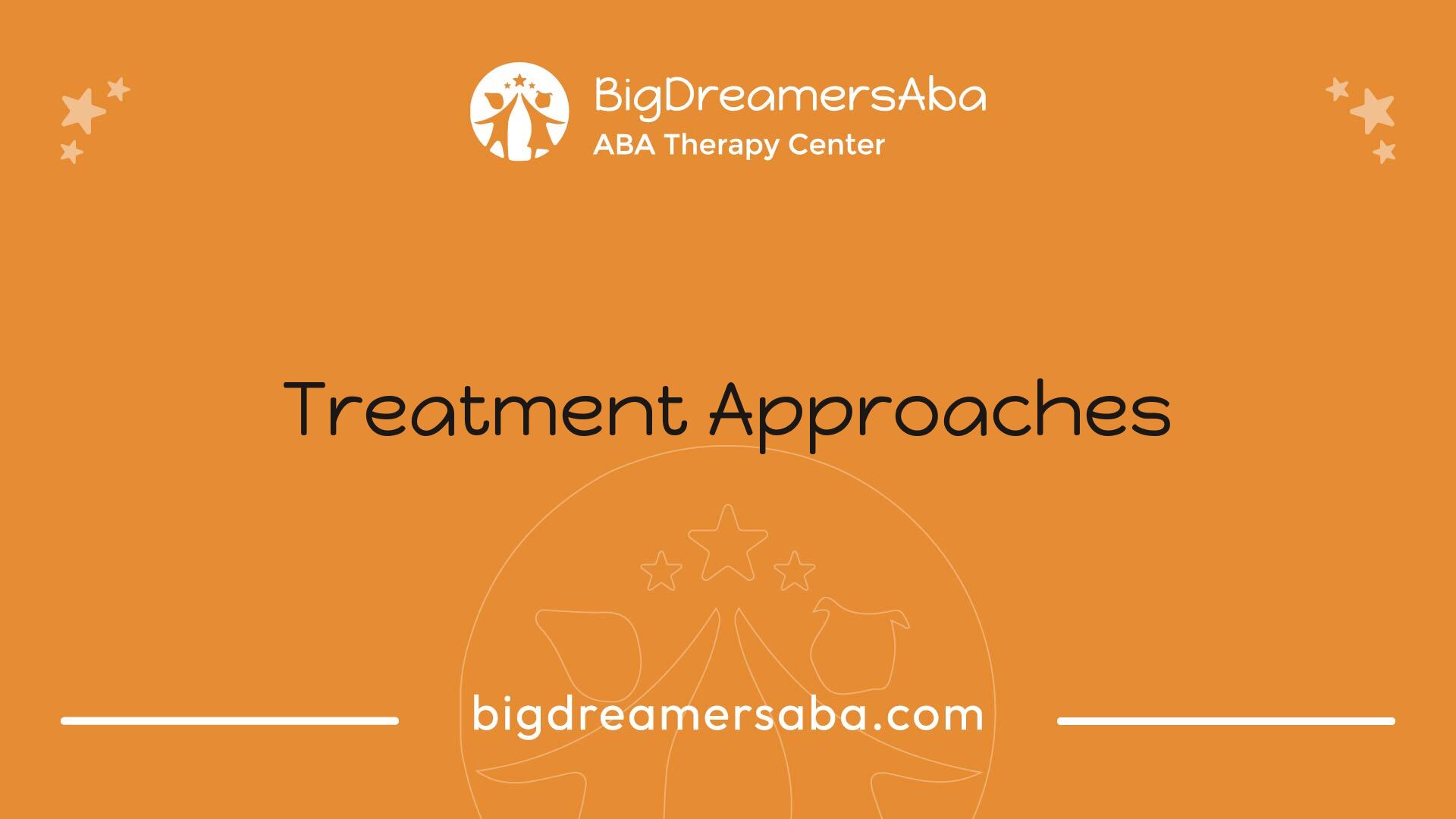
Treatment Approaches
When addressing the question of whether autism causes hyperactivity, understanding treatment options is essential. Both medication and behavioral therapies play significant roles in managing symptoms associated with autism and hyperactivity.
Medication Considerations
Medication can be an integral part of the treatment plan for individuals with autism. It is important to note that symptoms like hyperactivity, impulsiveness, and inattention often respond to ADHD medications; however, their effectiveness may not be as pronounced when used alone for individuals with autism [1]. Currently, medications designed for autism primarily focus on treating irritability, aggression, and self-injury, frequently using antipsychotic medications.
Medication TypePurposeNotesAntipsychoticsTarget irritability and aggressionUsed commonly in autism treatmentStimulantsAddress impulsivity and hyperactivityMay not be as effective for autism aloneNon-stimulantsHelp with attention regulationAlternative options available
It's crucial for parents to engage in open discussions with healthcare professionals to evaluate the potential benefits, risks, and side effects of these medications [4].
Behavioral Therapies
Behavioral therapies play a significant role in managing symptoms of autism and can be tailored to address hyperactivity. These therapies focus on modifying specific behaviors through reinforcement strategies and structured approaches. Techniques such as Applied Behavior Analysis (ABA) can help improve social skills, attention, and impulse control.
Children with ADHD and autism often experience cognitive impairments, including challenges in attention, memory, and problem-solving [5]. This makes behavioral interventions particularly important for teaching effective coping strategies and self-regulation techniques.
Type of TherapyFocus AreasBenefitsApplied Behavior Analysis (ABA)Behavior modificationIndividualized, promotes skill acquisitionCognitive Behavioral Therapy (CBT)Thought patterns and behaviorsHelps manage anxiety and impulsivityParent-Child Interaction Therapy (PCIT)Parent skills trainingStrengthens parent-child relationships
Behavioral therapies, when combined with appropriate medication, can enhance overall functioning and reduce hyperactive behaviors linked to autism. For more insights on managing symptoms, see the article on hyperfixation and ADHD and the discussion on the connection between ADHD and autism.
Managing Hyperactivity
Cognitive Impairments
When assessing whether autism causes hyperactivity, it's important to consider the cognitive impairments often present in individuals with co-occurring ADHD and Autism Spectrum Disorder (ASD). These cognitive challenges typically impact areas such as attention, memory, information processing, problem-solving, and cognitive flexibility.
Cognitive AreaImpactsAttentionDifficulty sustaining focus on tasksMemoryChallenges in retaining and recalling informationInformation ProcessingSlower reaction to sensory stimuliProblem-SolvingStruggles with effective strategy formulationCognitive FlexibilityDifficulty adapting to new situations or routines
Individuals with these conditions frequently experience executive functioning issues, which encompass difficulties with impulse control, emotional regulation, time management, task initiation, and organization. Consequently, these impairments can lead to challenges in maintaining focus and completing daily tasks effectively [2].
School Interventions
Effective school interventions are critical in managing hyperactivity related to autism. Educational strategies tailored to meet the unique needs of students with ASD and ADHD can greatly enhance their learning experience.
Some effective strategies include:
By integrating these tailored interventions, educators can support students struggling with hyperactivity while helping them engage more effectively in their educational settings. Comprehensive approaches that include both cognitive support and structured school interventions empower children with autism and ADHD to thrive academically and socially. For additional information on recognizing potential signs, seek resources on signs your toddler is not autistic or assess the implications of treatment with is it worth getting an autism diagnosis?.
References
[2]:
[3]:
[4]:
[5]:
Recent articles

How ABA Therapy Can Help with Behavior Modification in School Settings

The Role of In-School Support for Children with ASD
